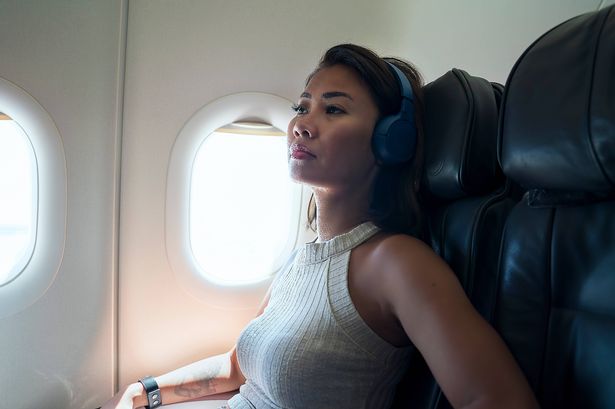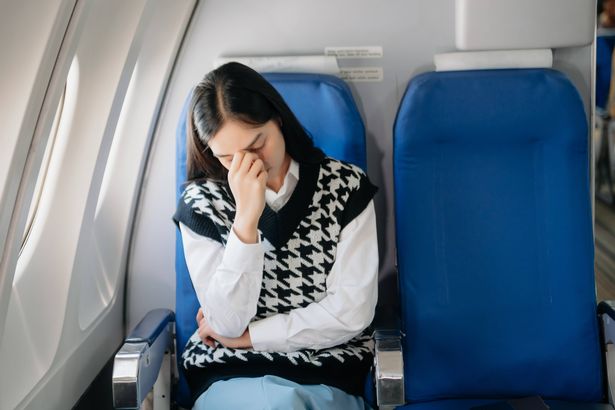Sitting still on a plane for too long can cause cramping, bloating and in serious cases, deep vein thrombosis – so here are the best tips to keep comfortable and healthy on a long flight
Air travel can be a bit of a squeeze, particularly for those of us who aren’t flush enough to splash out on business class. Economy seating can feel rather tight, and enduring this for extended periods can not only cause discomfort but also potentially lead to serious health issues.
Problems such as cramping, bloating, and, in more severe cases, deep vein thrombosis can all result from remaining stationary on a plane for too long. So, if you’re gearing up for a lengthy flight in the near future, it’s crucial to know how to maintain your comfort and well-being.
The pros at Netflights have kindly shared their top tips for making that long-haul journey a tad more bearable.
One of their key recommendations is to rise from your seat and take a stroll every one to three hours. Make a deliberate effort to move about frequently during your flight.
Even something as simple as walking to the loo or standing up for a stretch can help keep you feeling sprightly and prevent stiffness, which is particularly vital on flights exceeding four hours, reports the Express.
Stretching is another crucial aspect, and you can do this right from your seat. Gently roll your neck from side to side, rotate your shoulders forwards and backwards, and carefully twist your spine.
Each of these movements should be repeated three to five times in each direction, but remember to be gentle. These stretches should provide relief, not strain your body.
The third method to tackle swelling and bloating is by raising your feet.
Sitting with your feet flat on the floor for extended periods can lead to discomfort, and travellers may suffer from swollen feet and ankles during long-haul flights.
To mitigate this whilst airborne, elevate your feet.
Resting your feet on your underseat carry-on helps counteract the natural downward flow of fluid in your body, thus reducing discomfort.
Flex your feet, rotate your ankles, or gently stretch your arms and back while seated to maintain blood circulation throughout your body.




